Bunny
How to Get Rid of Mites on Rabbits? #NaturalRemedies #Video
As a rabbit owner, you need to have a clear understanding of the common diseases and their proper treatments among the rabbits. One of the most pressing concerns that you need to check with your rabbit is the infection of mites. How to get rid of mites on rabbits with natural remedies? Let us get to the core of the topic and find treatments at home on how to get rid of ear mites or any other sorts of mites on rabbits.
Contents
How do Rabbits get Mites on Them?
Well, before we guide you for various rabbit mites treatment at home, let us know the reason for why they occur. Indeed! there can be several reasons that rabbits can get mites.
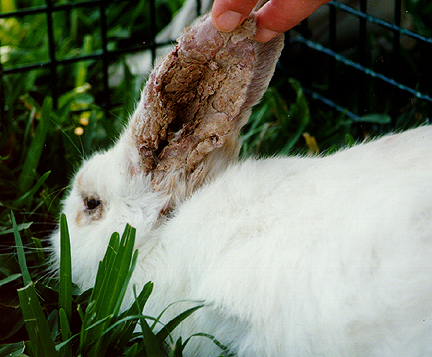
The most common issues can be through the hay that they spend of their time in and through another infected rabbit or any other animal.
The most common mites that can affect a rabbit can include fur mites and ear mites. There can be different methods to address the different types of mites. As a rabbit owner, it may be a great option to check the exact techniques and options you have access to when taking care of the mites in your rabbits.
Let us know what are fur mites and ear mites in brief.
What are Fur Mites and Ear Mites?
Fur mites are the non-burrowing types of parasites and come under the arachnid genre of mites. These parasites like to chew on the fur and skin of the rabbit. If you begin feeling the lumps on the skin of the rabbit, where you should actually find the smooth fur – that should be a clear indication of the mites issue.
If your fur baby is healthier enough, you will not find it showing up any sort of symptoms. In case your rabbit has a weaker immune system, you may find that the rabbit is suffering as a result of infection.
The Ear Mites are the same as fur mites. They are termed as ear mites as they are settled behind the ears of your beloved rabbit. They may even settle inside the ear, causing severe pain and lack of comfortability to the rabbit.
Definitely, you cannot see your little pet in pain and for that, you should know how to get rid of mites on rabbit with some home remedies or natural treatments.
Rabbit Mites Treatment of Pets at Home
Of course. Taking your rabbit to the vet would be the best and perfect solution to address any of the medical situations. However, opting for a few home remedies can be a great choice to take care of your rabbits and get rid of the mites on rabbits.
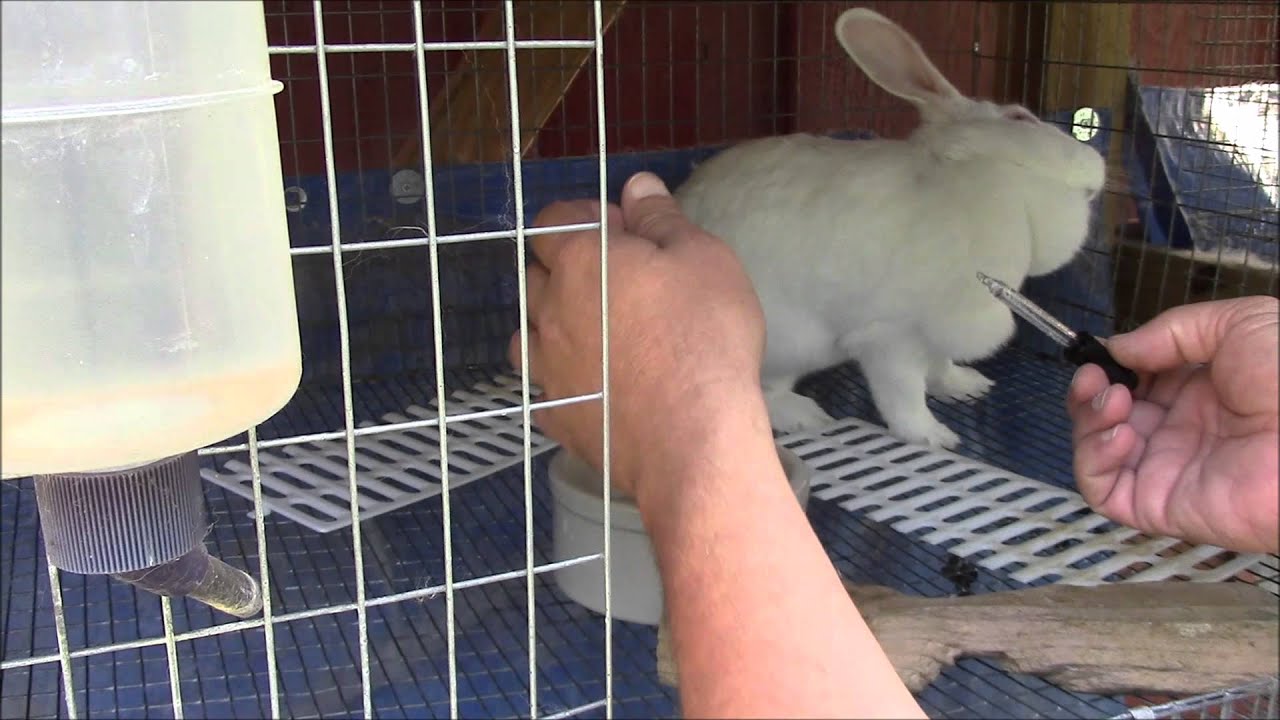
The first step towards getting rid of mites on rabbits is to isolate the rabbit from other rabbits or pets. Arrange a separate cage for the infected rabbit and keep it sufficiently away from the other rabbits and pets. Remove everything that the rabbit has been with. That includes the bedding or similar other options. Isolate and destroy everything that includes toys, beds, and other belongings.
It would also be essential to arrange new bedding during the treatment, and once the treatment is complete, you will again need to replace the bedding and other tools yet again.
Never ever try removing the scabs as that can be painful for the rabbit. They will heal on their own once the treatment is complete. Removing the scabs will not assist in the treatment of the infection.
Some of the home remedies that can help you get rid of the mites on rabbits can include opting for the following options.
These rabbit mite treatments for your pets at home shall be of great help in getting rid of mites. Next, we shall see the rabbit fungus treatment.
How to Get Rid of Ear and Fur Mites on Rabbit #HomeRemedy #Video
You can check the following video on how to get rid of mites on a rabbit with a home-made medicine as a natural remedy –
How to Treat Fungus in Rabbit?
Fungal infection in rabbits is not much common to find. But, it can happen in a sporadic fashion. The prime reason that can cause an infection in rabbits would be through contact with cats and dogs. One of the significant indications of the fungal infection would be ringworm.
Ringworm is one of the prime diseases that can be caused because of fungus. The Trichophyton mentagrophytes and Microsporum canis are the two major fungus varieties that can cause ringworm and other fungal infections. Ringworm basically results in a hair loss in the rabbits, and if not taken care of in time, you would find them affecting a wider area of the rabbit’s body as it spreads in a circular fashion.
What are the symptoms that can indicate the possibility of a fungal infection? Some of the indications that can prove the existence of such an infection in your rabbit can be:
- Scaly, dry and patchy areas on the skin.
- Reddish lesions on the body.
- Hair loss.
The lesions will first be experienced on the head of the rabbit. They would then be found on the legs and feet gradually. These areas will feel itchy, and scratching these lesions will cause further damage to the skin. This will further cause a secondary infection.
How to treat fungus in rabbits then? Most of the minor fungal infections can be resolved without much of the treatment requirements. The right option would be to take care of nutrition and environmental conditions. If you have been grooming the rabbit, it will be advisable to ensure that the tools used for the grooming are sterilized.
Some of the best options we would recommend for the purpose of treating the fungal infection can include:
- Keratolytic
- Miconazole shampoos
- Lime sulphur dips
- Topical antifungal medications
There are several oral medications, as well. Your vet should guide you in choosing the right options.
Natural Remedies for Rabbit Infections
It should rather be easy enough to treat ear mites or fur mites using a few natural remedies. Of course, the effectiveness would be dependent on the level of infection and the availability of ingredients.
Some of the options you can give a thought to would include:
- Coconut oil and tea tree oil mixture is an excellent option that can prove effective. You can even use other varieties of oil that include olive oil, vegetable oil, mineral oil, and other similar natural oils. The oils will be helpful in suffocating and killing the mites, while the tea tree oil can be useful in providing relief from itchiness.
- Apple cider vinegar in water can be yet another excellent option as a mite repellent.
- If your rabbit is affected by worms and other parasites, garlic can be a great option to take care of the infection. You need to get your rabbit to eat it, and that can be a huge problem. Your rabbit will never like garlic, and it may become a herculean task to get it to eat it.
- The seeds and extracts of the pumpkin have been shown to have the best effects in handling parasites. Your rabbit will find it tasty and will readily consume pumpkin. The vegetable is also known to have a significant impact on the intestinal worms.
- You can even consider spraying your infected rabbit with tea tree oil. This will prevent itching. However, you will need to opt for other options to get rid of the mites. Itching can result in causing additional pain and secondary bacterial infection. Tea tree oil can help you prevent it.
Those listed apart, you can also check out the options we have covered in the first section of the post, where we talked at length about the treatment of mites at home.
In any case, no matter which natural methods and options you may have used for treating the mites in rabbits, make sure you have consulted your vet to understand the seriousness of the issue. They will indeed be the right ones to answer your queries.
Concluding Thoughts
Well, taking care of rabbits can indeed be a huge task. They are indeed a joy and fun to live with, but still – you will find them a little delicate, and a slight health issue can make them really vulnerable. The prime option to keep them healthy is to keep them free from parasites.
We would assume that the tips and tricks suggested in this post should ideally help you achieve the best results. Whichever treatment option you opt for, make sure that you understand the pain that the rabbit is going through. It isn’t easy for the animal to tolerate the pain.
Give them the extra love and care when they are unwell, and they will love you too..!

-
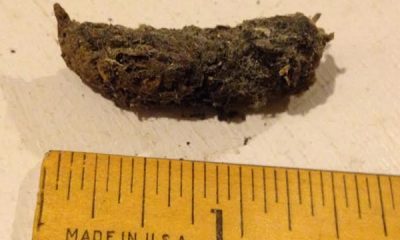
 Skunk4 years ago
Skunk4 years agoWhat Does Skunk Poop Look Like? Images & Identifications
-
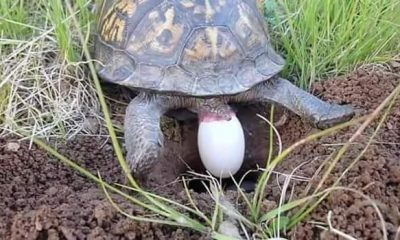
 Turtles4 years ago
Turtles4 years agoHow To Take Care of Turtle Egg At Home?
-

 Horse4 years ago
Horse4 years agoHow Much Weight Can a Horse Carry? #Clydesdale #Friesian #Mustang #Draft
-

 Turtles4 years ago
Turtles4 years agoHow to Take Care of Snapping Turtle Eggs? #Incubating #Hatching
-
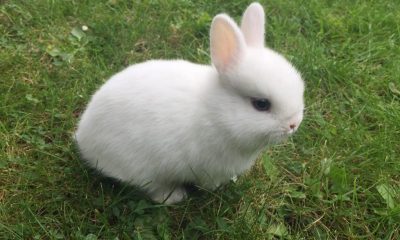
 Bunny4 years ago
Bunny4 years agoHow Big Do Dwarf Bunnies Get? – Amazing Facts #Images
-
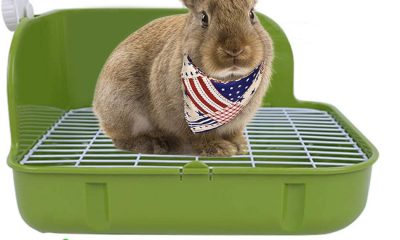
 Bunny4 years ago
Bunny4 years agoHow to Potty Train a Rabbit in House? Tips on Litter Training
-

 Turtles4 years ago
Turtles4 years ago8 Basking Rocks/ Platforms for Turtles – A Perfect Guide
-

 Horse4 years ago
Horse4 years agoDifference Between Riding a Mule and a Horse















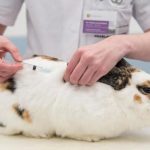


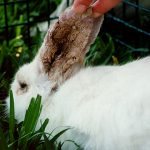
3 Comments